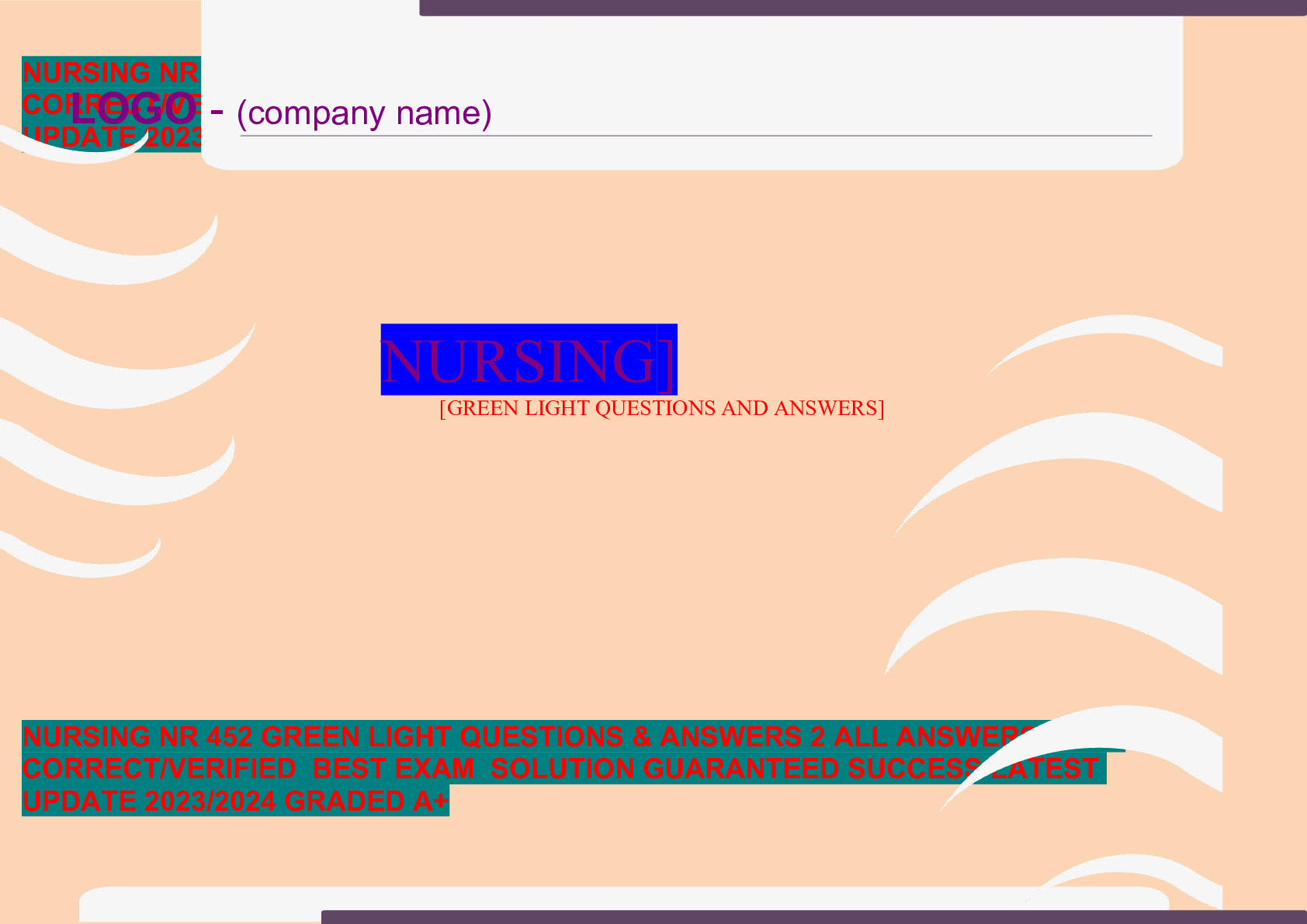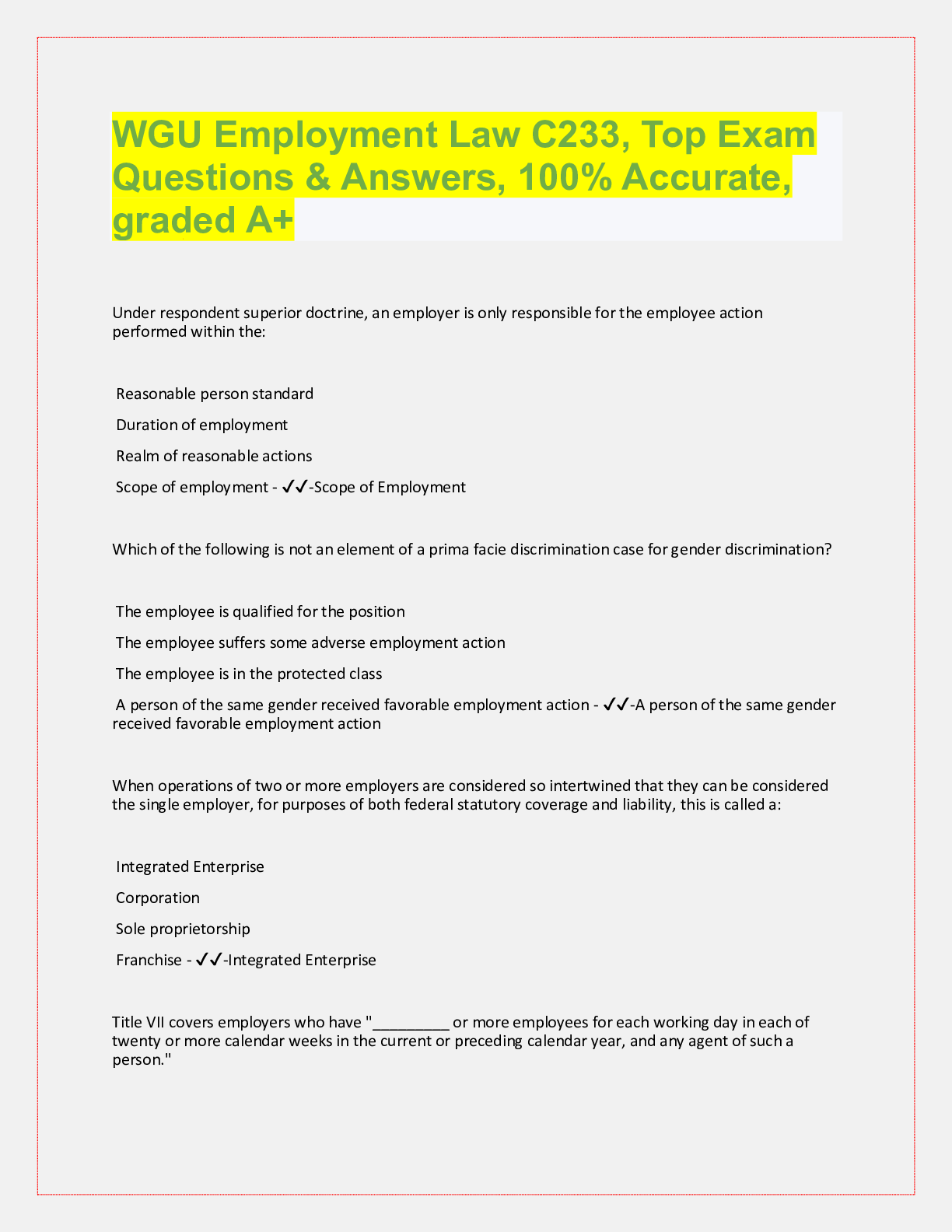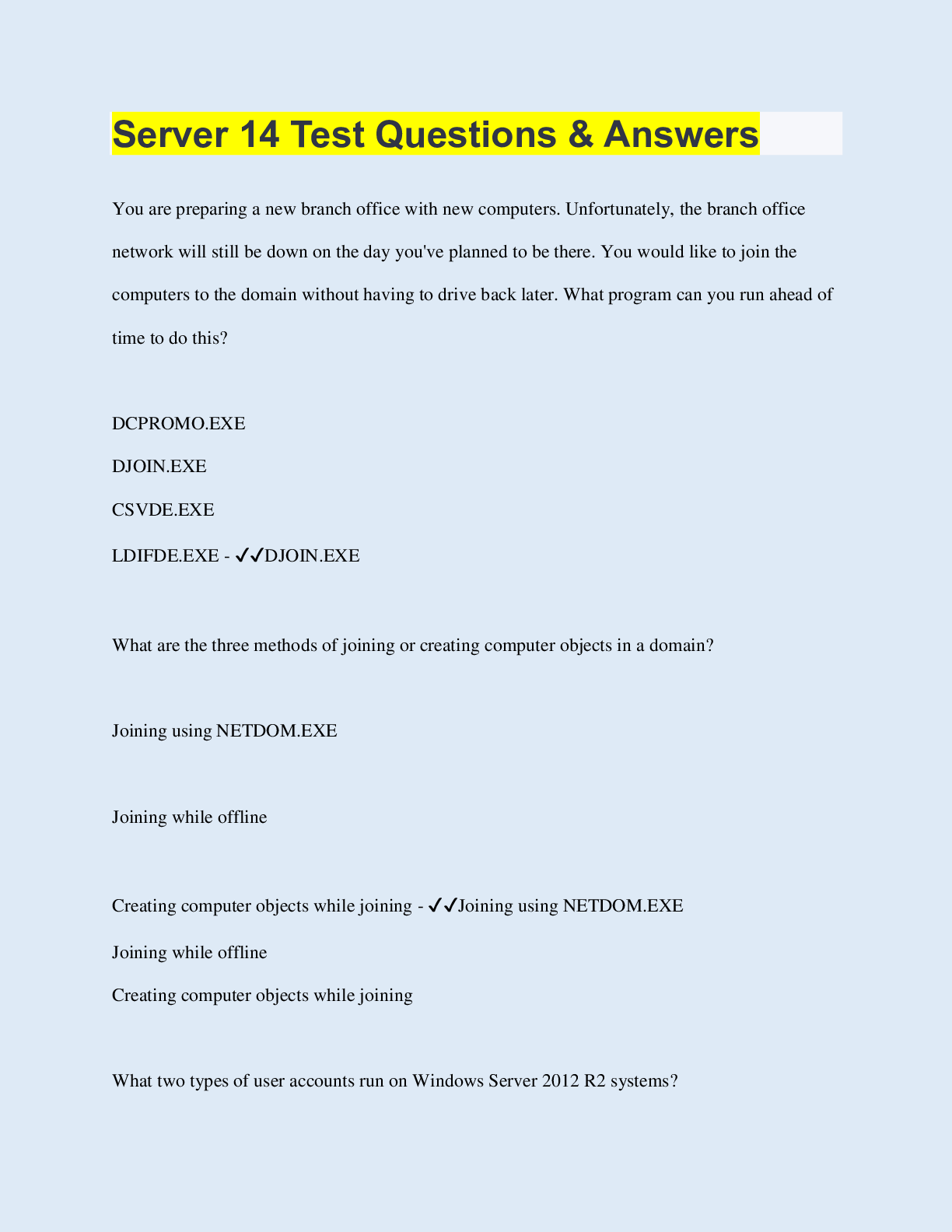*NURSING > QUESTIONS & ANSWERS > Exam (elaborations) PASS the CCRN! Questions & Answers with Rationale (All)
Exam (elaborations) PASS the CCRN! Questions & Answers with Rationale
Document Content and Description Below
Exam (elaborations) PASS the CCRN! Questions & Answers with Rationale A 56 yr-old male is admitted to the ICU with a blood pressure of 225/135 and complains of a headache and nausea. He reports he... ran out of blood pressure meds three days ago, but also appears to be confused to the date and situation. What is the most appropriate treatment approach? -Answer- Rapidly lower the diastolic pressure to 100 with IV antihypertensive meds, then continue to gradually reduce the diastolic pressure to 85 with oral antihypertensive meds. The maximum initial decrease should be no more than 25% reduction from initial presenting value. Reducing the blood pressure too quickly can lead to cerebral edema or renal failure. A patient has sepsis, receives Lactated ringers 500ml IV bolus. Which finding indicate that this intervention is having it's intended effect? -Answer- ScvO2 of 72% Early goal directed therapy for sepsis includes early fluid resuscitation at 30 ml/kg to maintain a CVP of 8-12 or 12-15 if mechanically ventilated, MAP greater than 65, ScvO2 greater than 70%, and urine output greater than 0.5 kg/hr 72 male patient in ICU for 6 days on the ventilator for treatment of a COPD exacerbation. He has been receiving VTE prophylaxis and subcutaneous Heparin since admission. Today his platelet count decreased significantly to 43,000 and was found to have new DVT on his right upper extremity. What do you suspect is the most likely cause of these findings? -Answer- HIT The hallmark sign of HIT is a significant decrease in platelet count over a 24 hours period (>50%) within 5-10 days of administering Heparin. The other hallmark sign is a new development of DVT despite being on VTE prophylaxis. TRALI: -Answer- is a complication from a blood transfusion reaction, which causes acute lung injury typically within 6 hours of a blood transfusion. 2 Hallmark signs of HIT: -Answer- Decrease in platelet count over a 24 hr period. New development of DVT despite being on VTE prophylaxis. Values in Early compensated Hypovolemic shock? -Answer- CO 4.0 L/min, HR 135, SV 65, SVR 1700, MAP 65 In hypovolemic states, circulating volume is depleted therefore preload and contractility are decreased which leads to a decrease in SV and CO. HR and SV increase as compensatory measure to preserve CO, MAP and cerebral perfusion. Post-renal failure values: -Answer- Urine output < 200; urine sodium 30; BUN: Creatinine ratio 15:1; urine specific gravity 1.010 BUN: Creatinine ratio is 15:1, but both the BUN & creatinine are elevated. Urine sodium is typically 1-40 mEq/L. What to do in the event of HIT: -Answer- Stop Heparin and administer an alternative direct thrombin inhibitor. Warfarin is contraindicated in HIT? T/F -Answer- True - there is also no evidence that shows protamine, corticosteroids, and benadryl are effective treatments for HIT Patients with right ventricular infarctions become preload dependent. Meds that decrease preload should be avoided - which meds are these? -Answer- Morphine, Nitro, Beta blockers and diuretics. Polymorphic ventricular tachycardia aka Torsades is treated by? -Answer- Magnesium Myocardial contusions generally impact which parts of the heart? and what would the values be? -Answer- Atria & right ventricle because of the position of the heart in the chest. PAOP 6, PA Pressure 40/24, RA Pressure 16 Neurogenic shock signs? -Answer- CVP: 3, CI: 2.5, SVR: 650, SBP: 88 Neuro shock is associated with a loss of sympathetic tone causing extensive peripheral vasodilation. Clinical signs and symptoms include hypotension, a low SVR, low CVP and low normal CI What causes a larger than normal A wave on a PAOP? -Answer- Mitral stenosis - causes increased left atrial pressure during atrial contraction. Pulmonary HTN will result in what? -Answer- Elevated PA pressures but have no impact on PAOP. Infective Endocarditis can cause what kind of impairment? -Answer- Neurologic impairment. One of the risks of infective endocarditis is the bacterial strand breaking in the heart and throwing bacterial emboli forward into the lungs from the right side of the heart or to the brain/body from the left side of the heart. Neurologic impairment could be a sign? -Answer- Embolic ischemic stroke. [Show More]
Last updated: 1 year ago
Preview 1 out of 32 pages
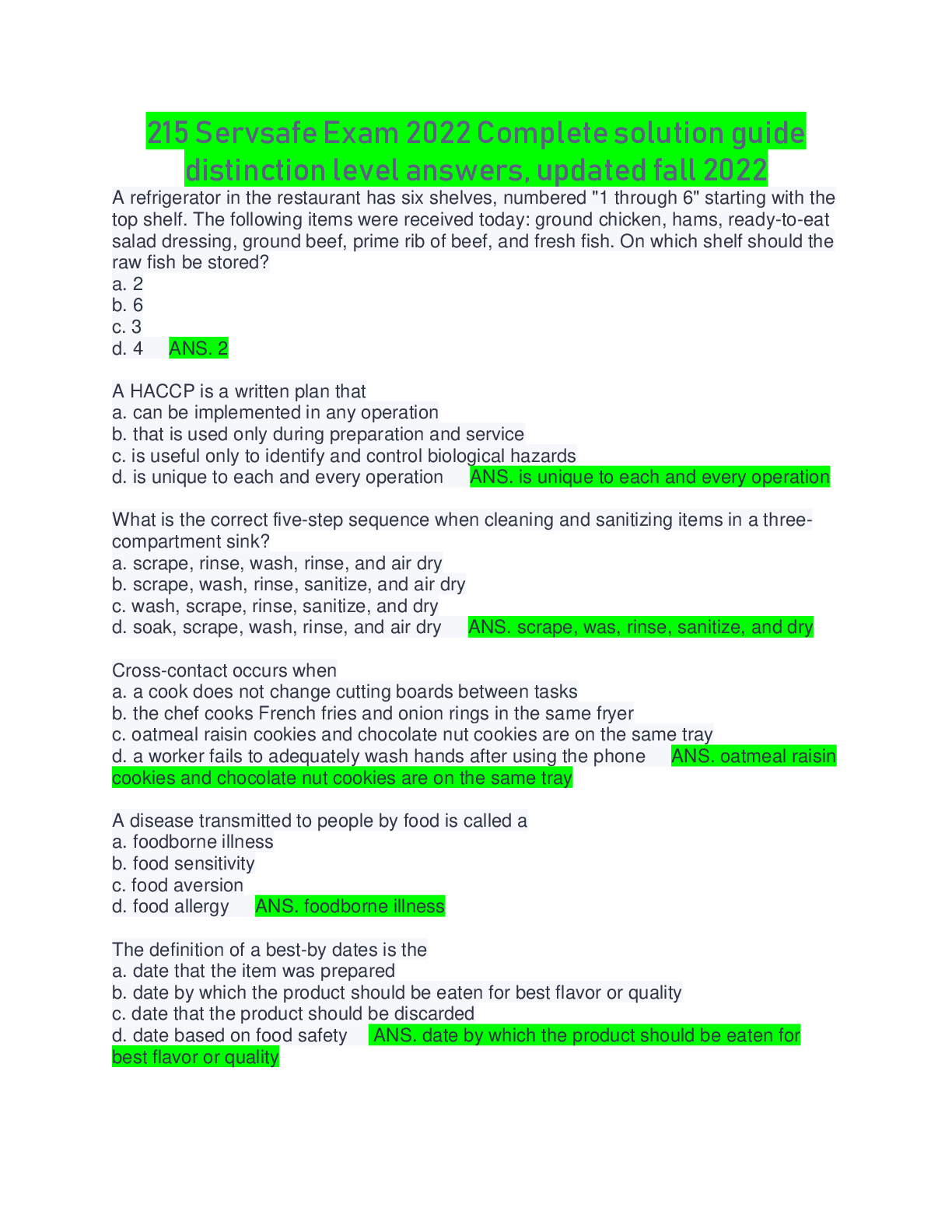
Reviews( 0 )
Document information
Connected school, study & course
About the document
Uploaded On
Aug 08, 2022
Number of pages
32
Written in
Additional information
This document has been written for:
Uploaded
Aug 08, 2022
Downloads
0
Views
78


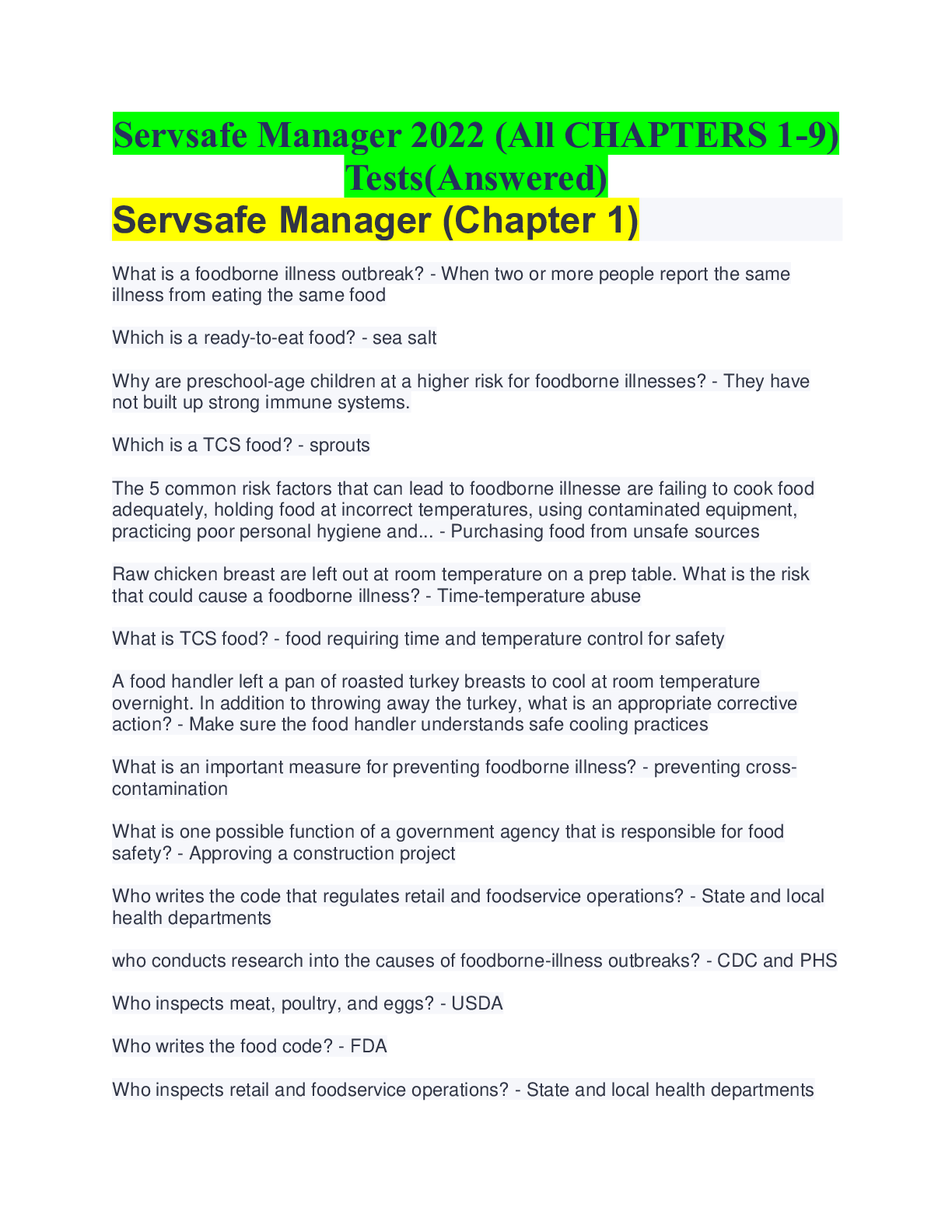
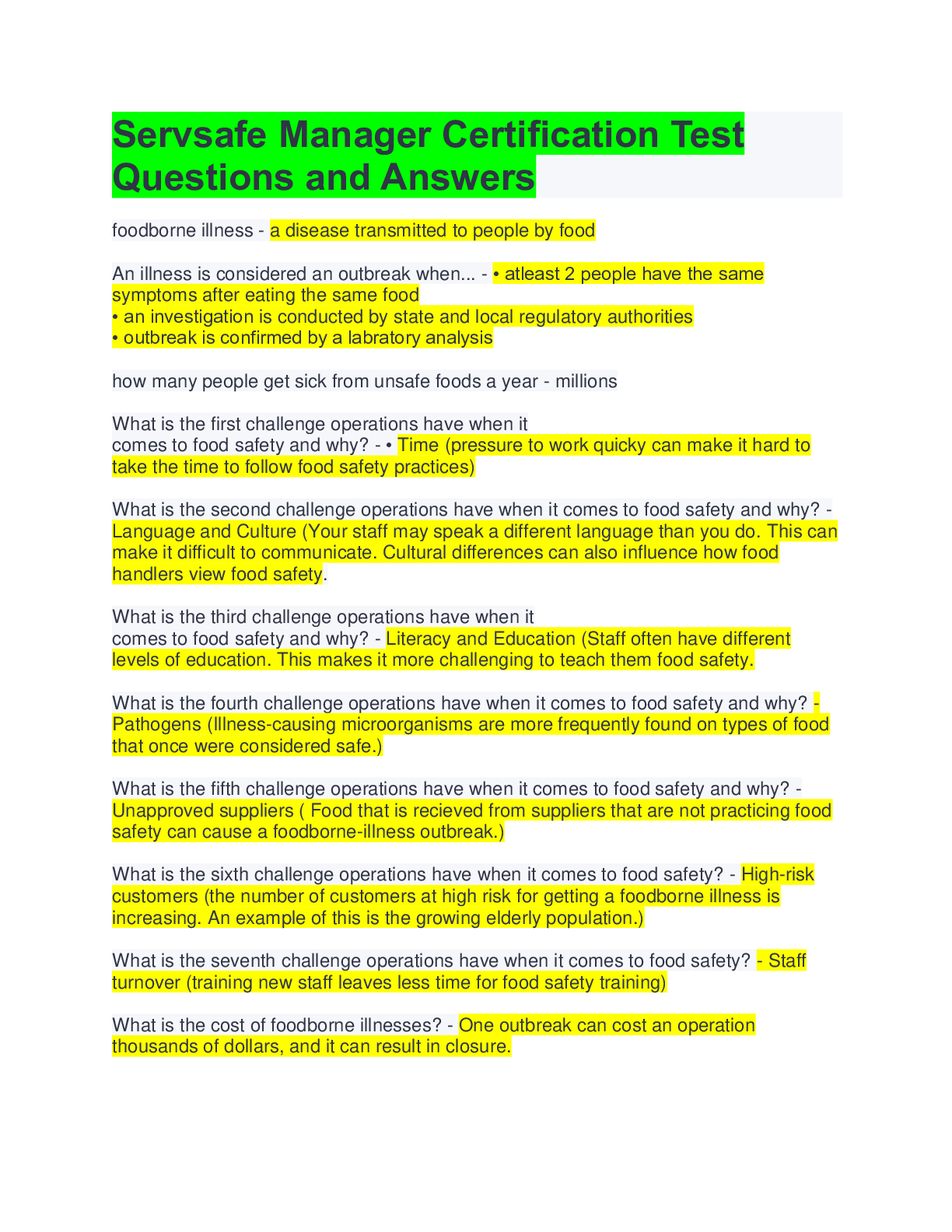
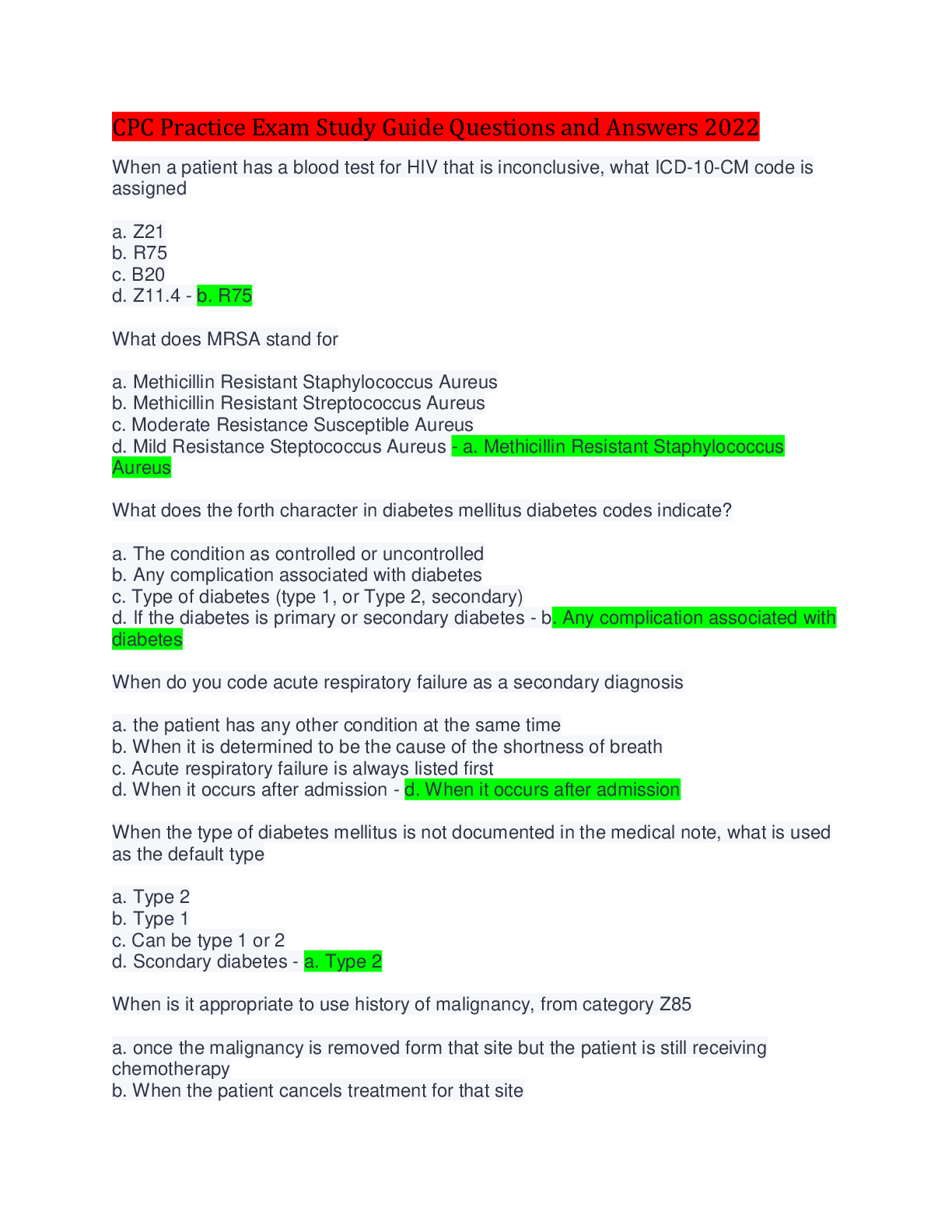
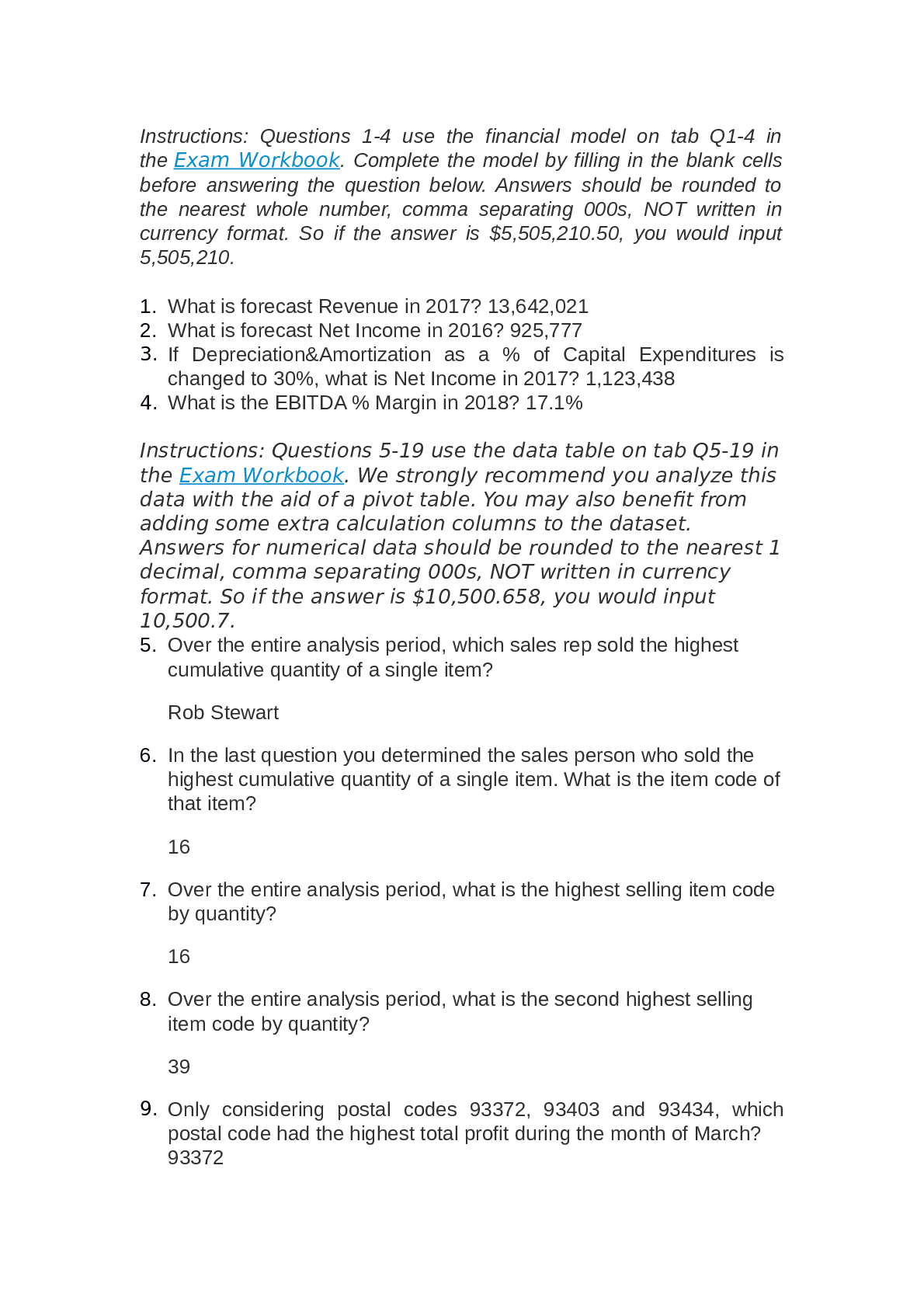
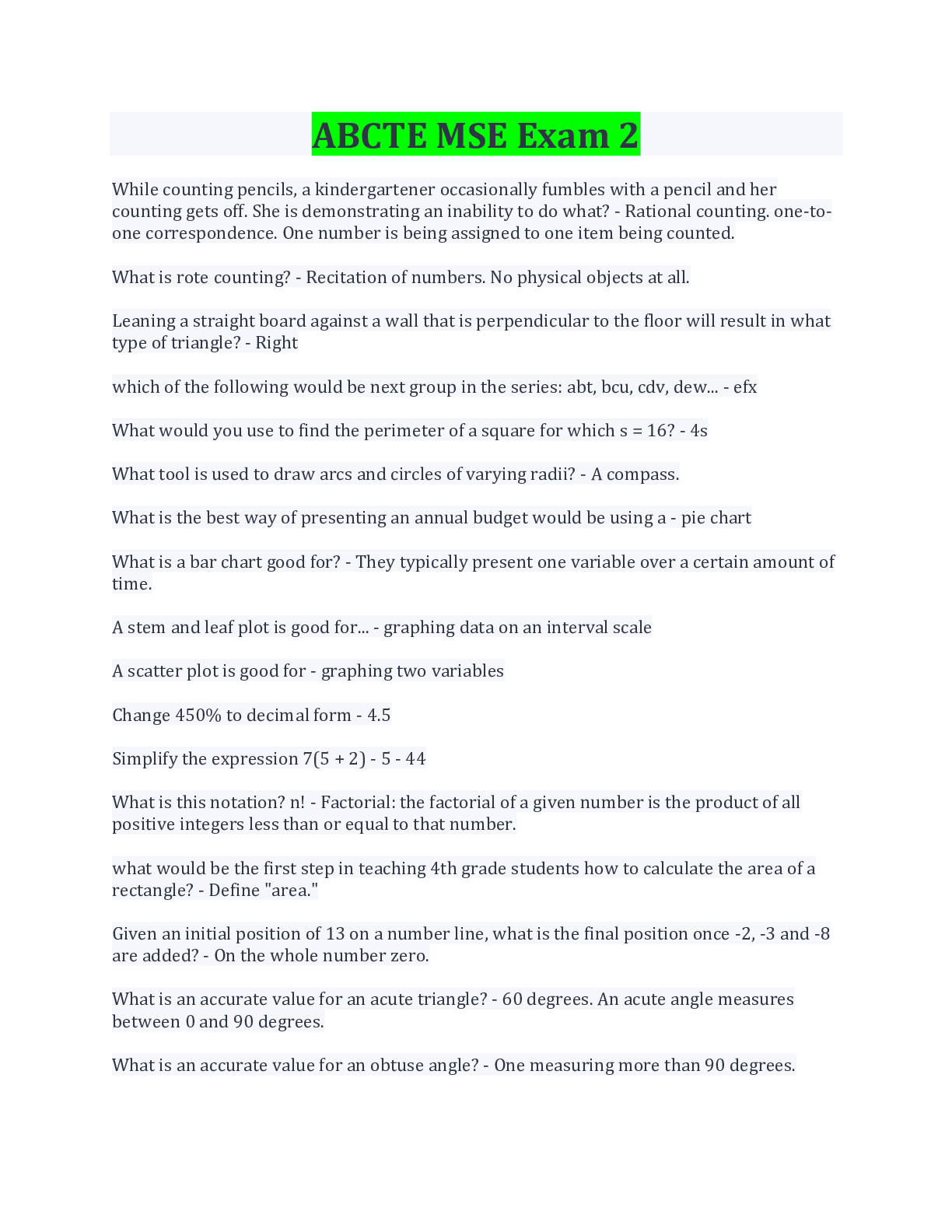
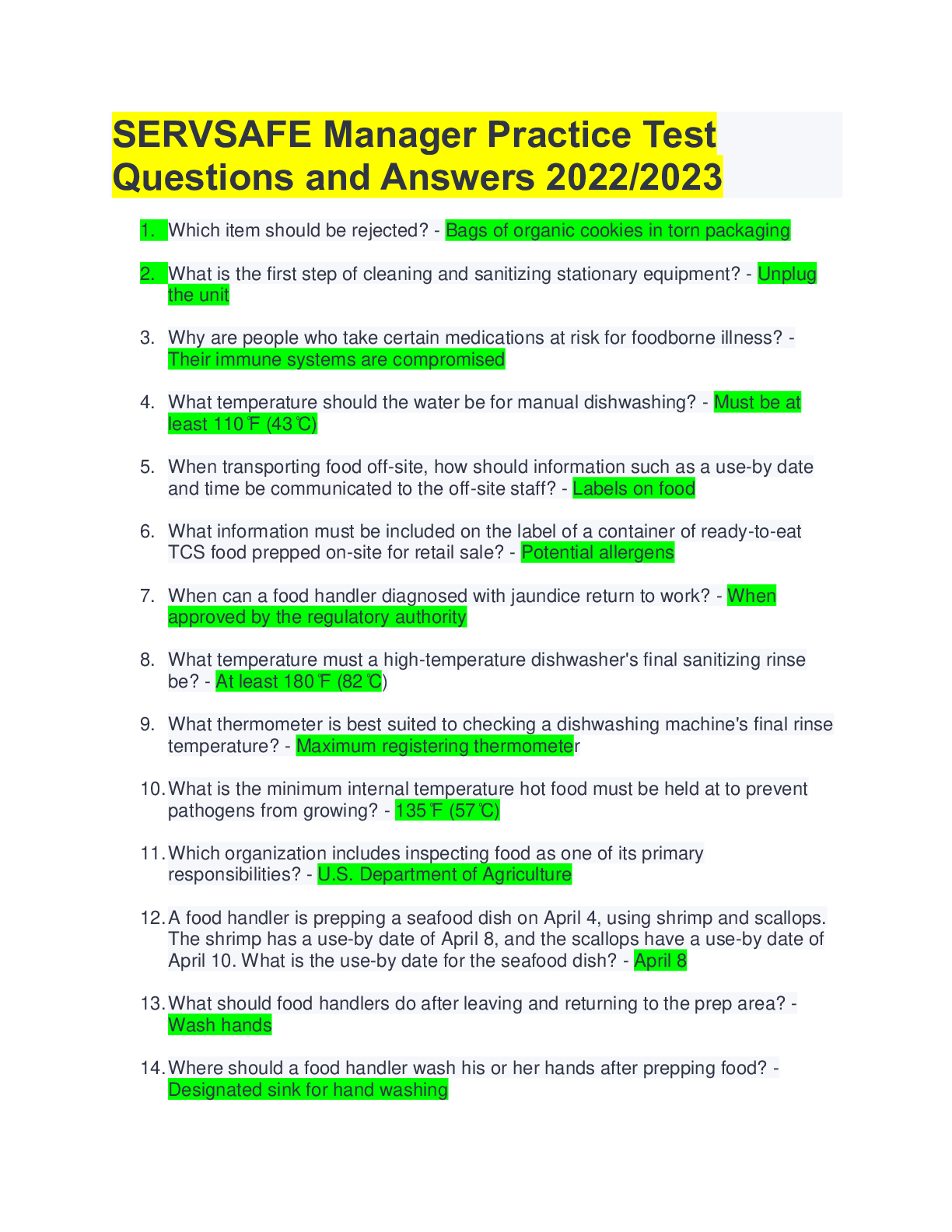

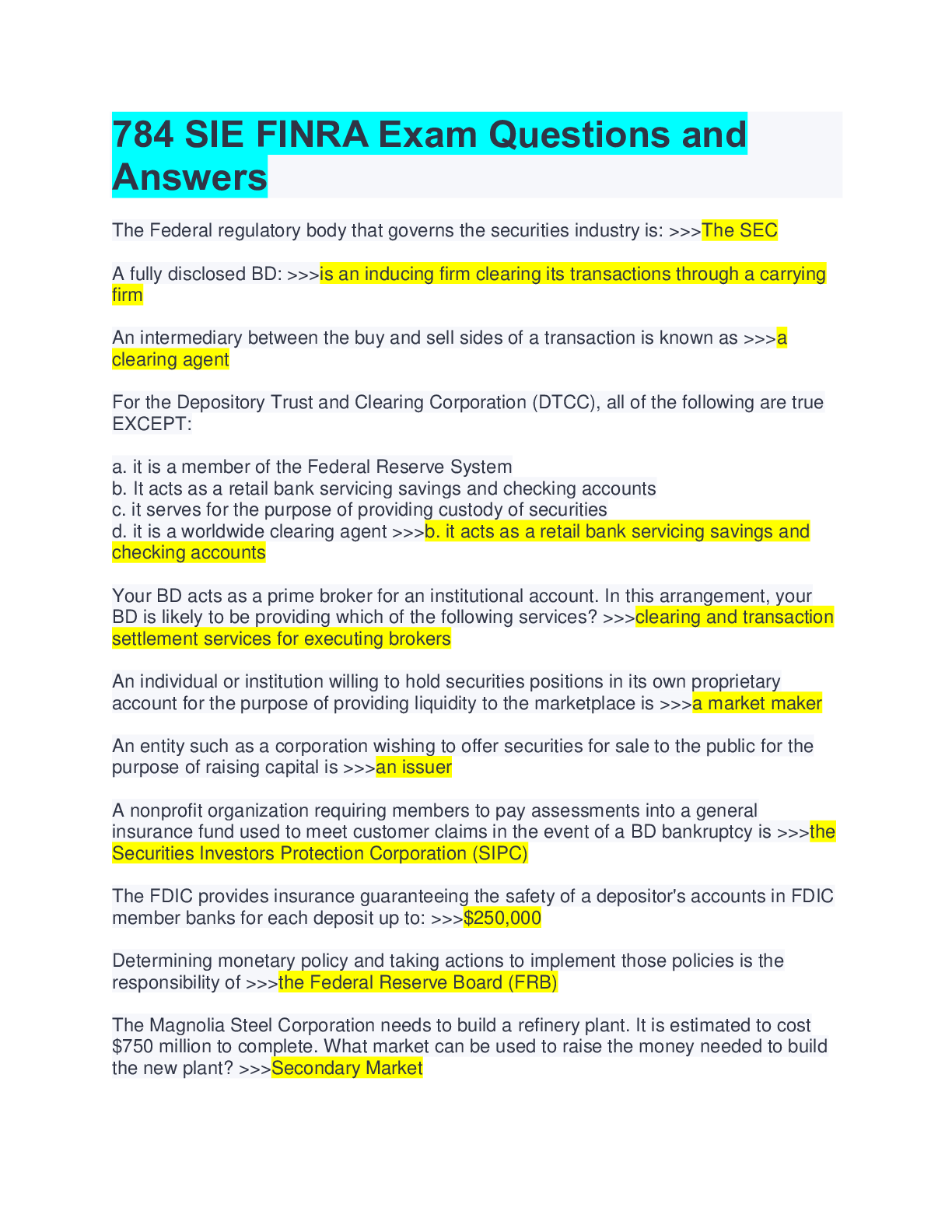
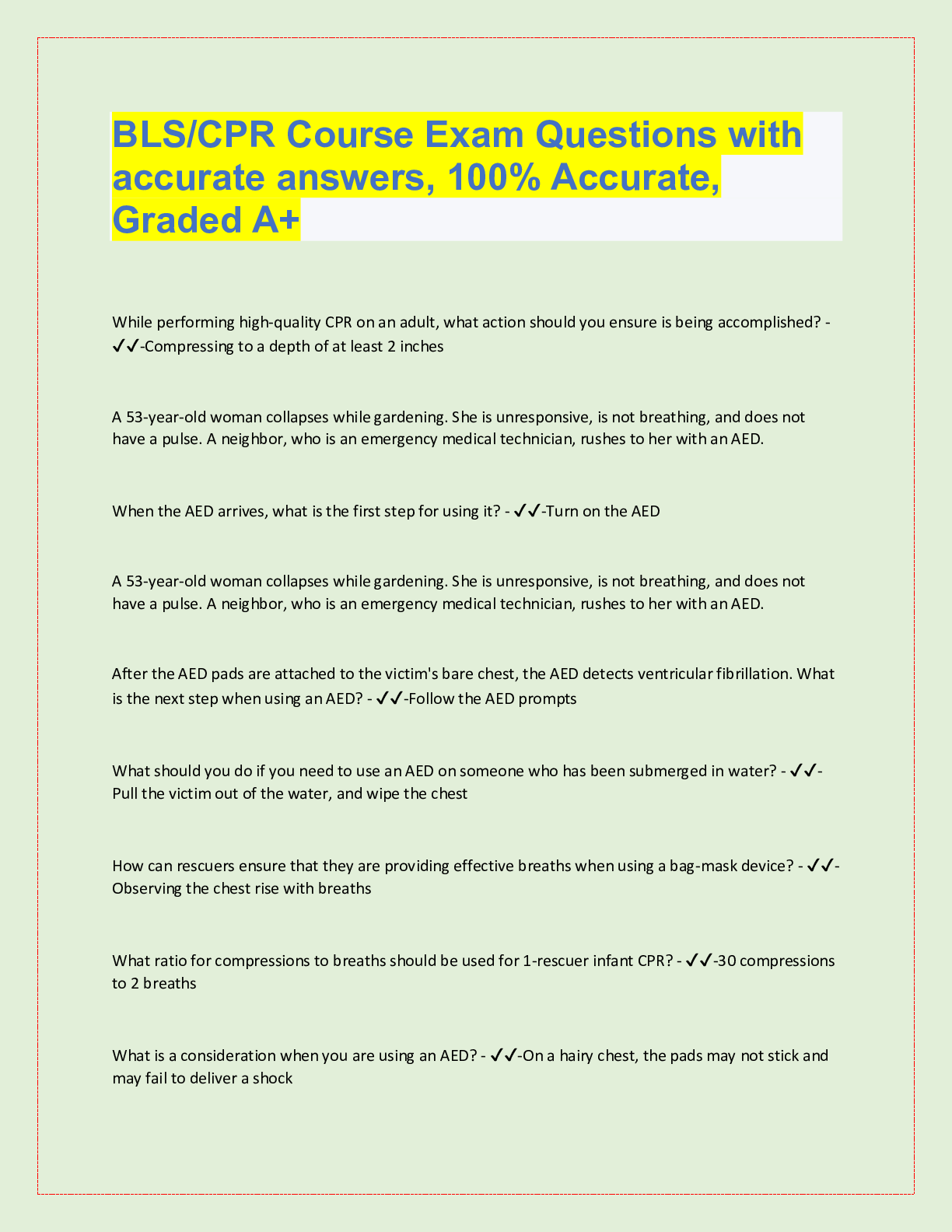
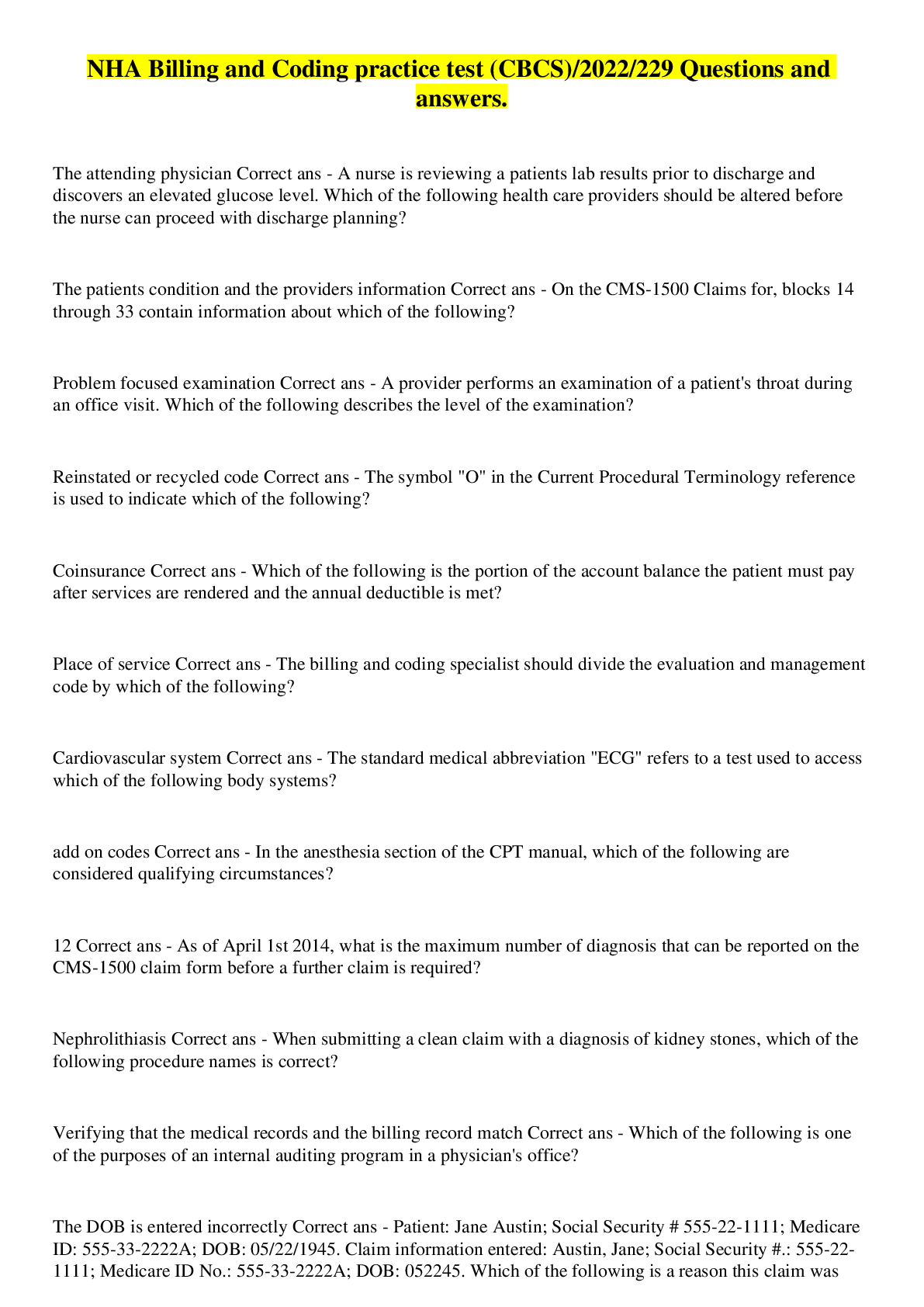
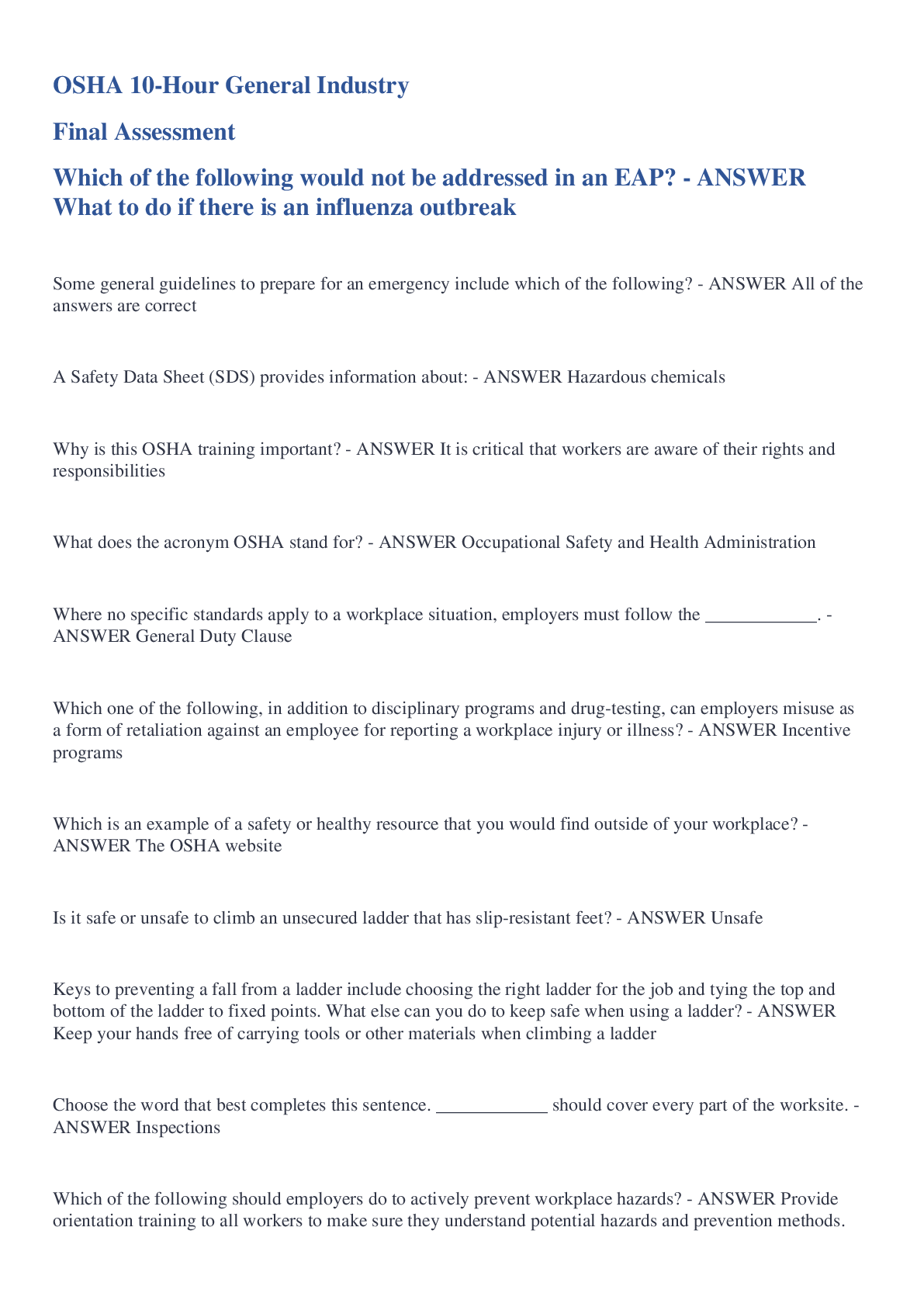

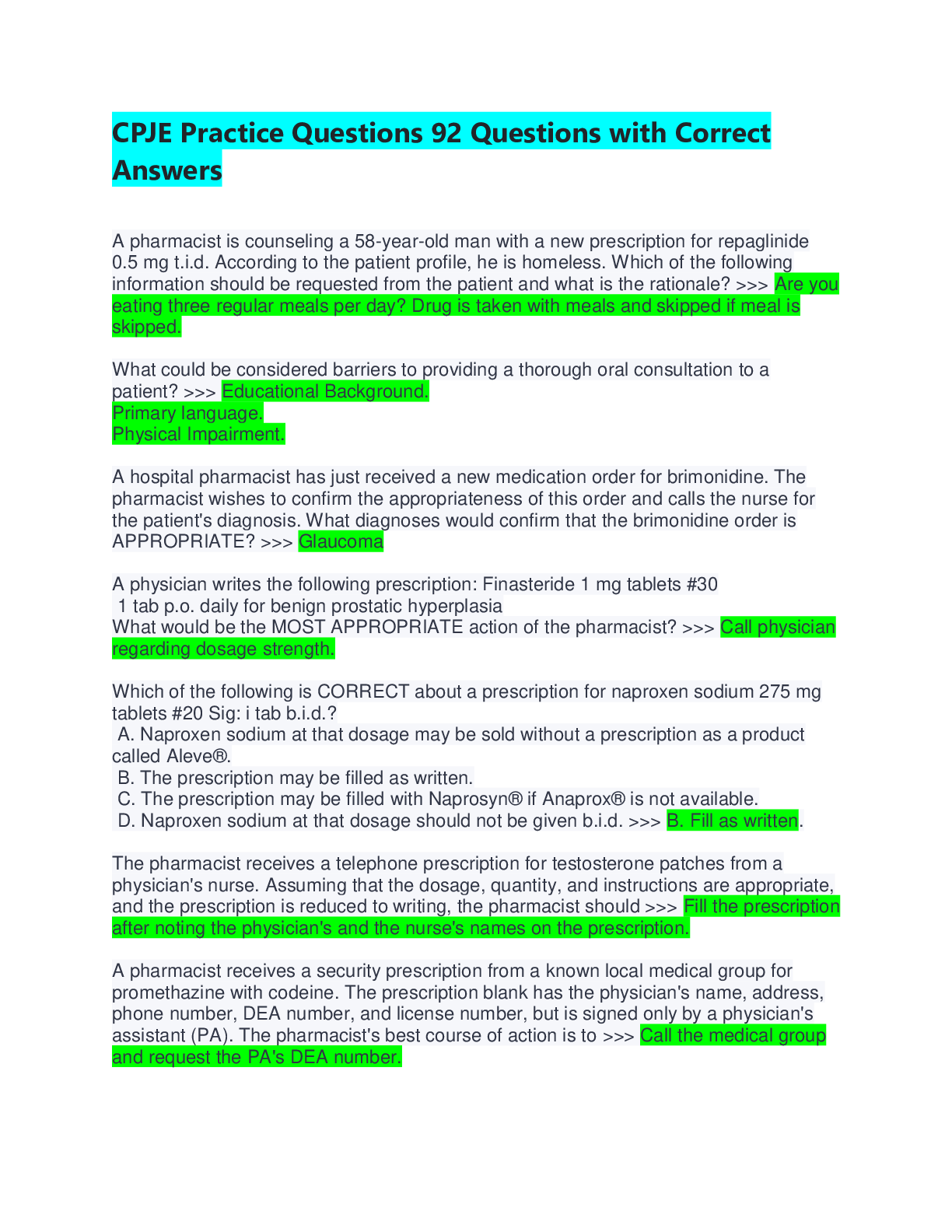
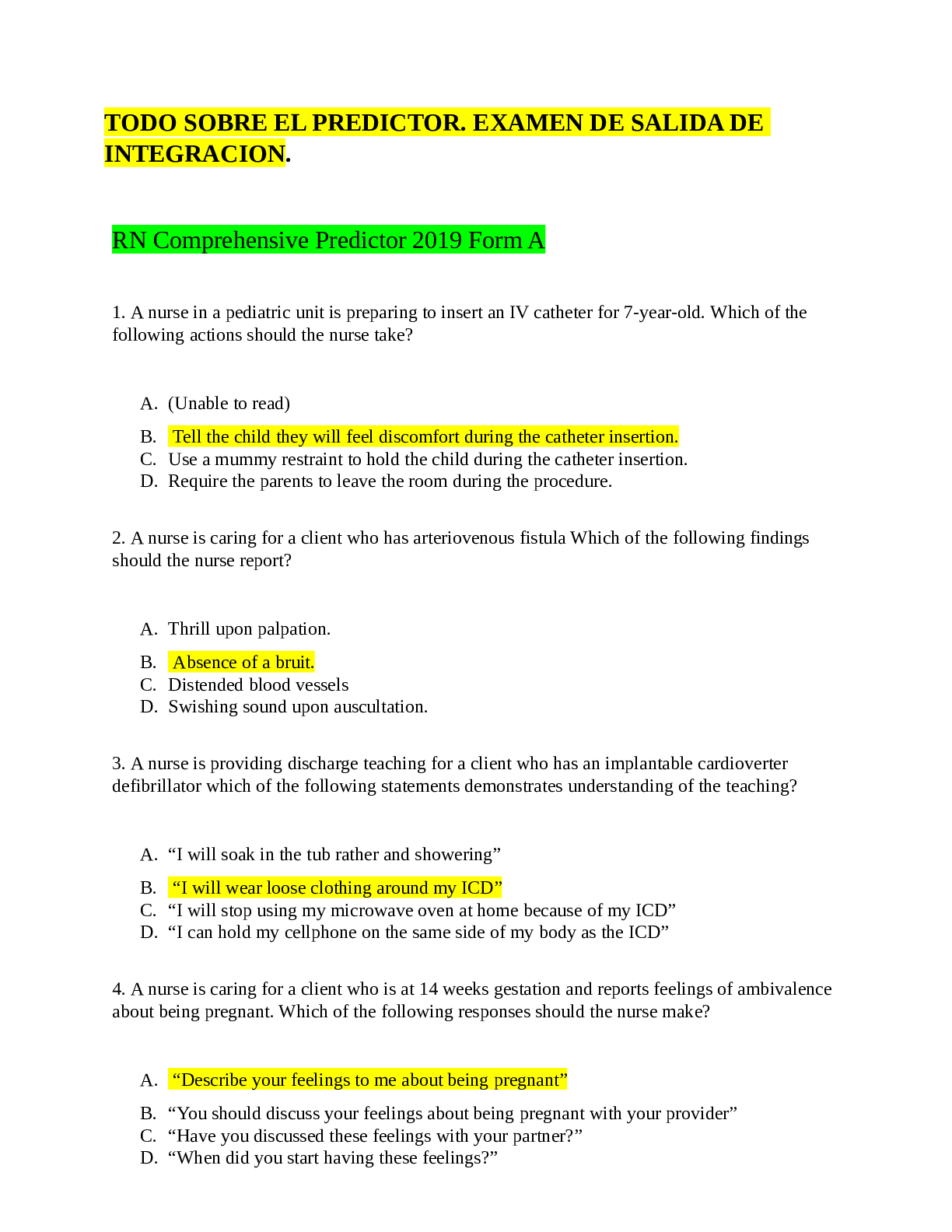
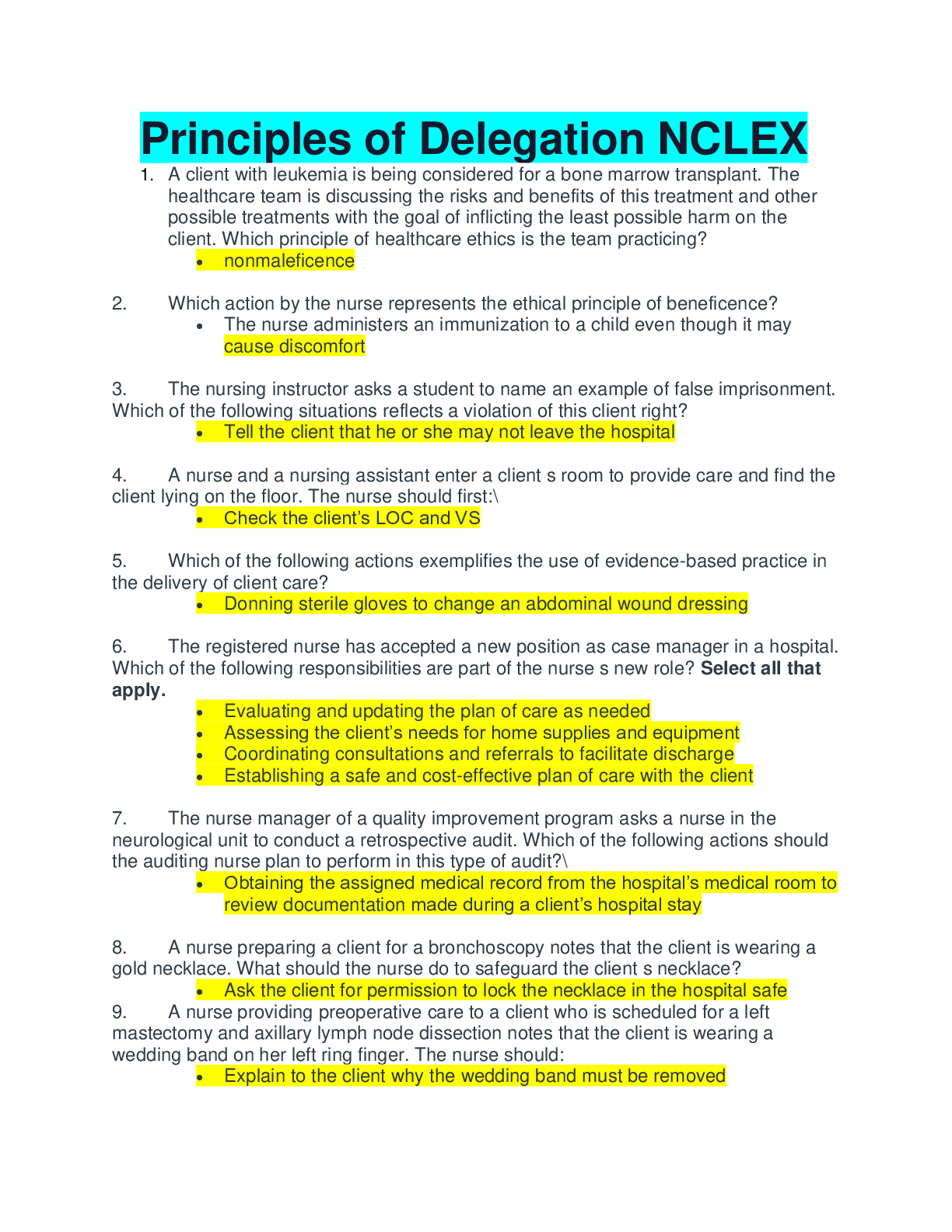
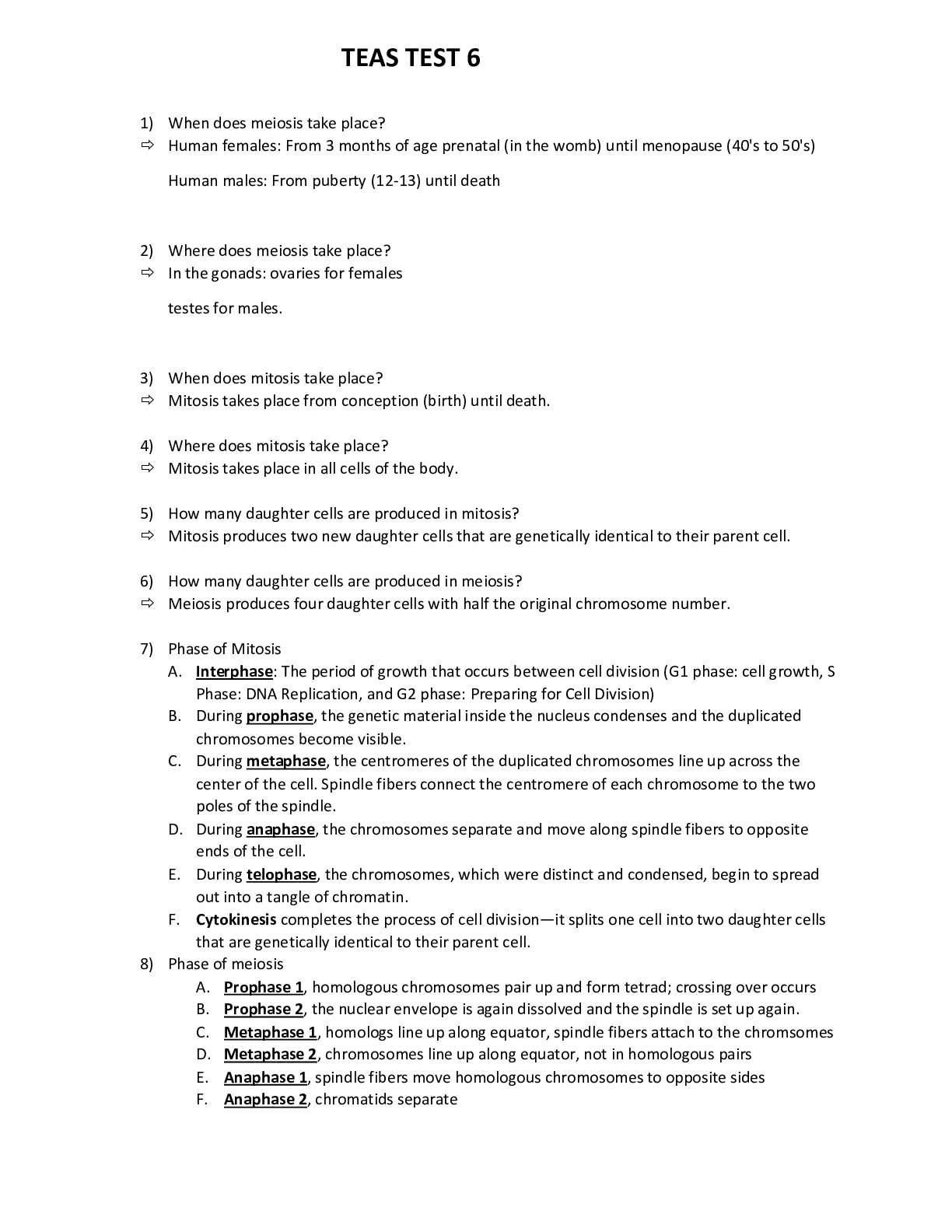
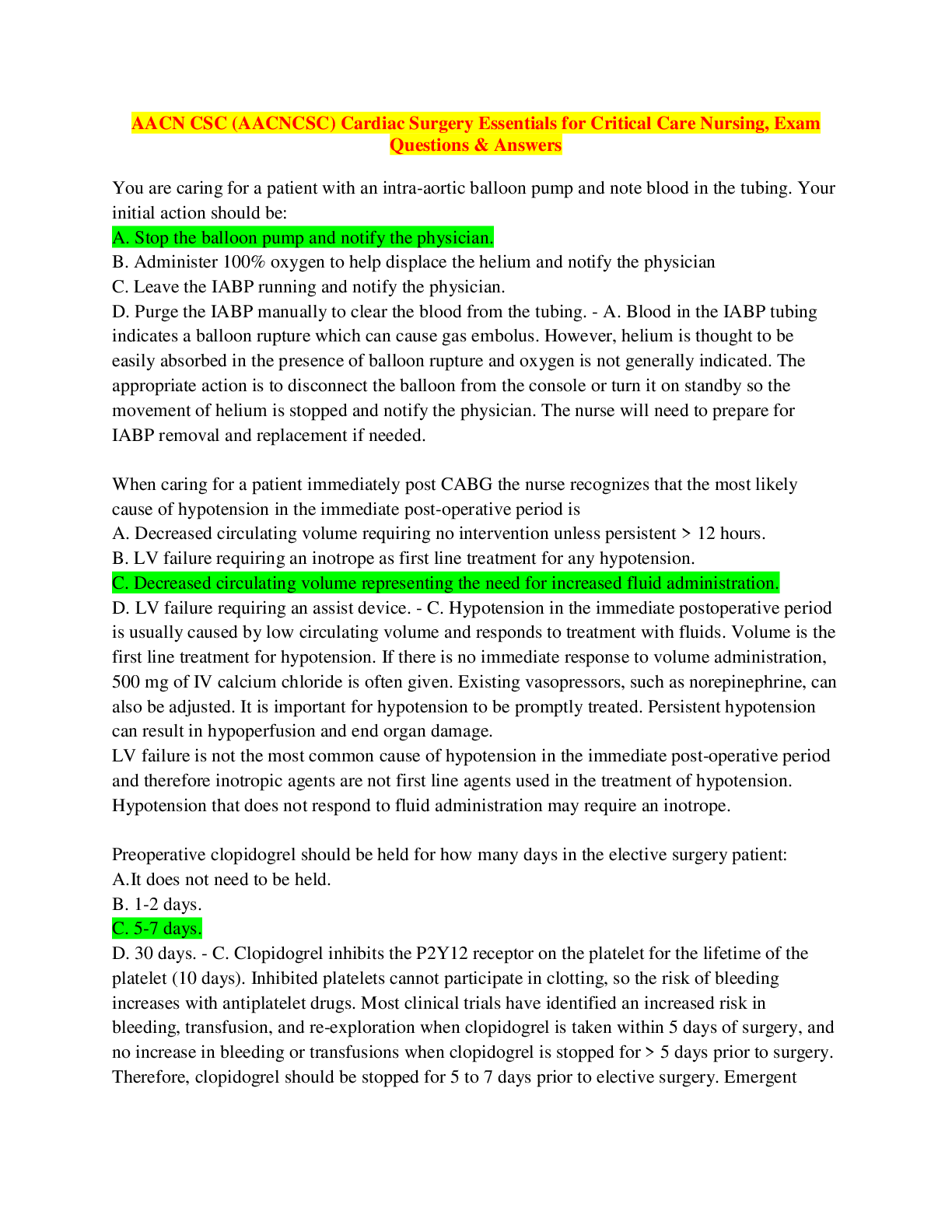
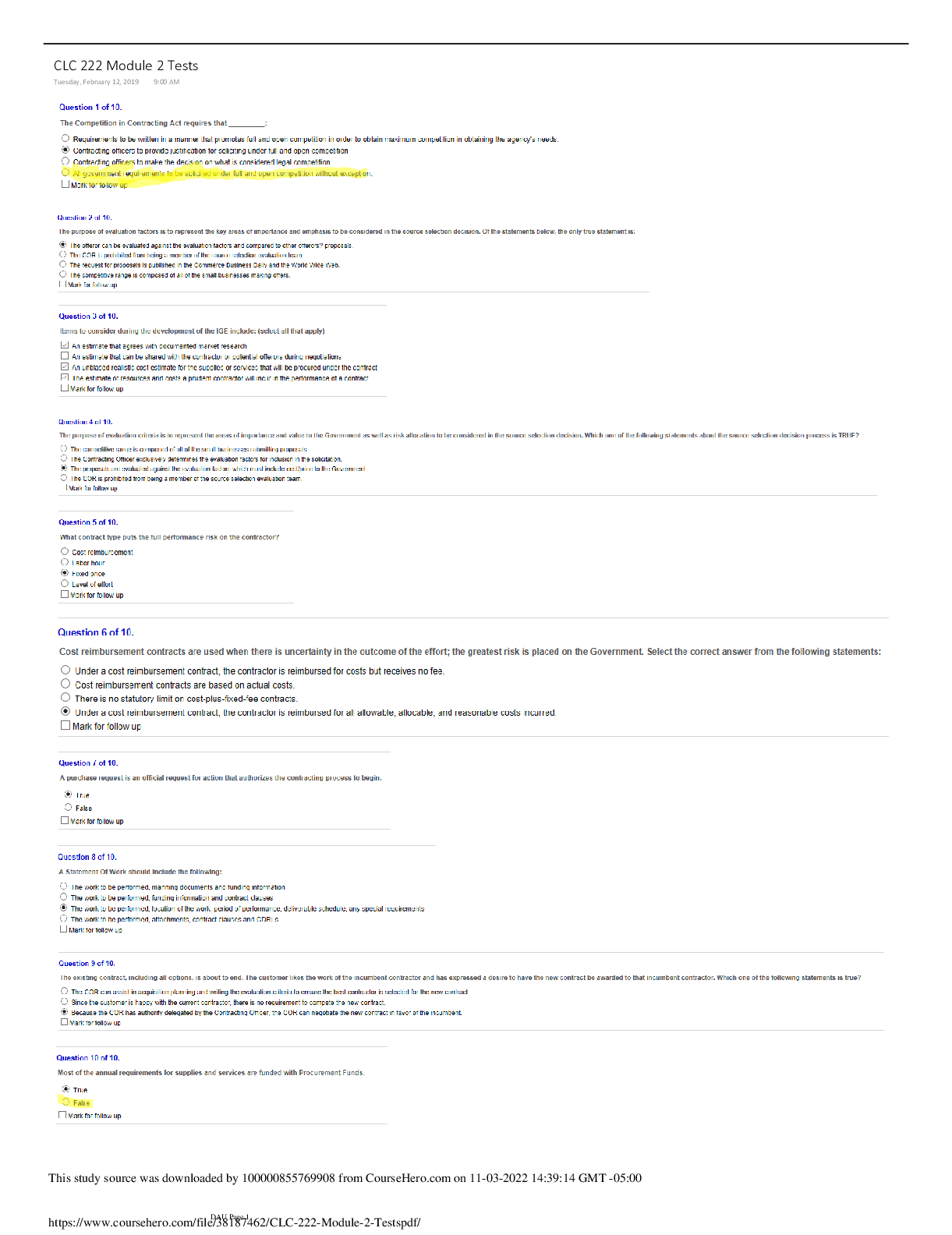
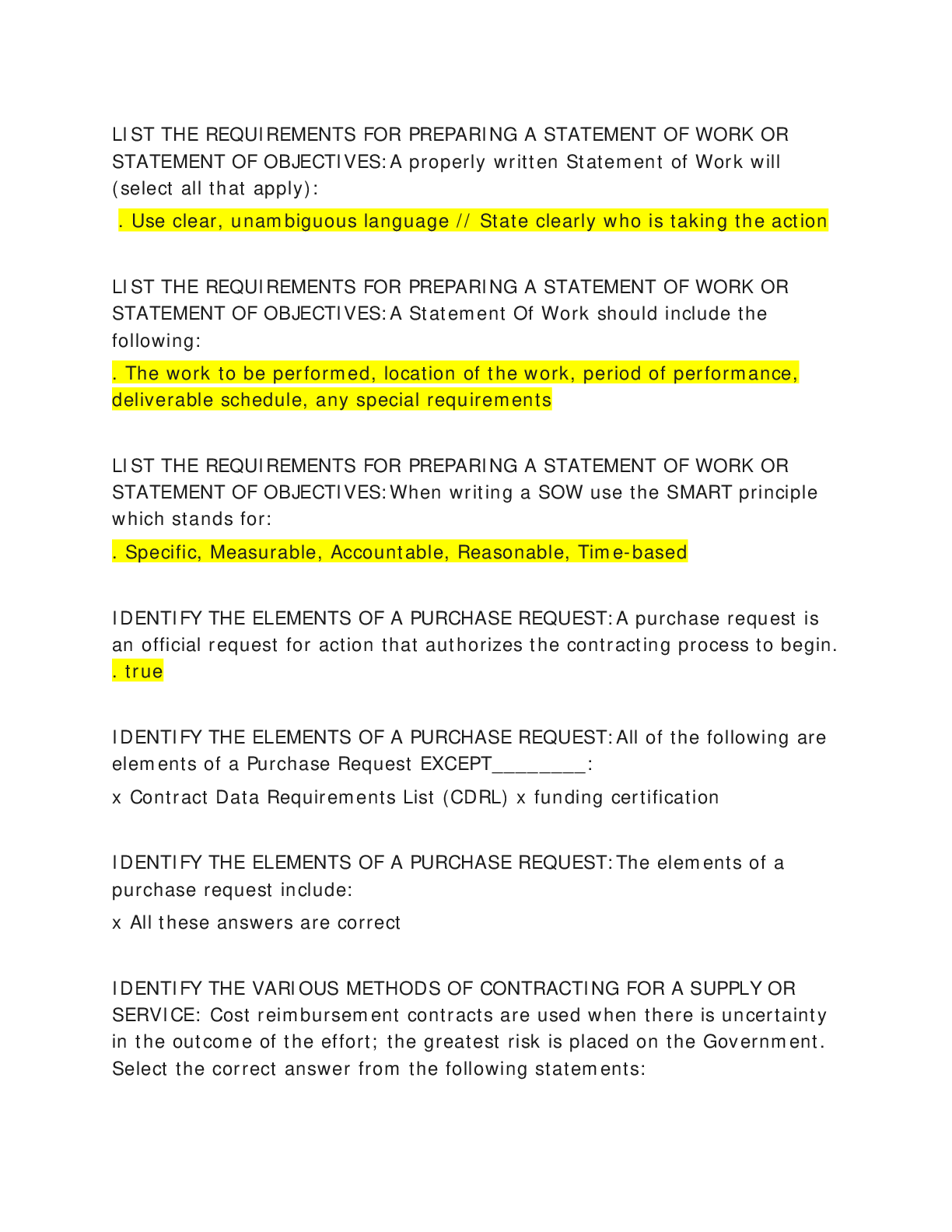
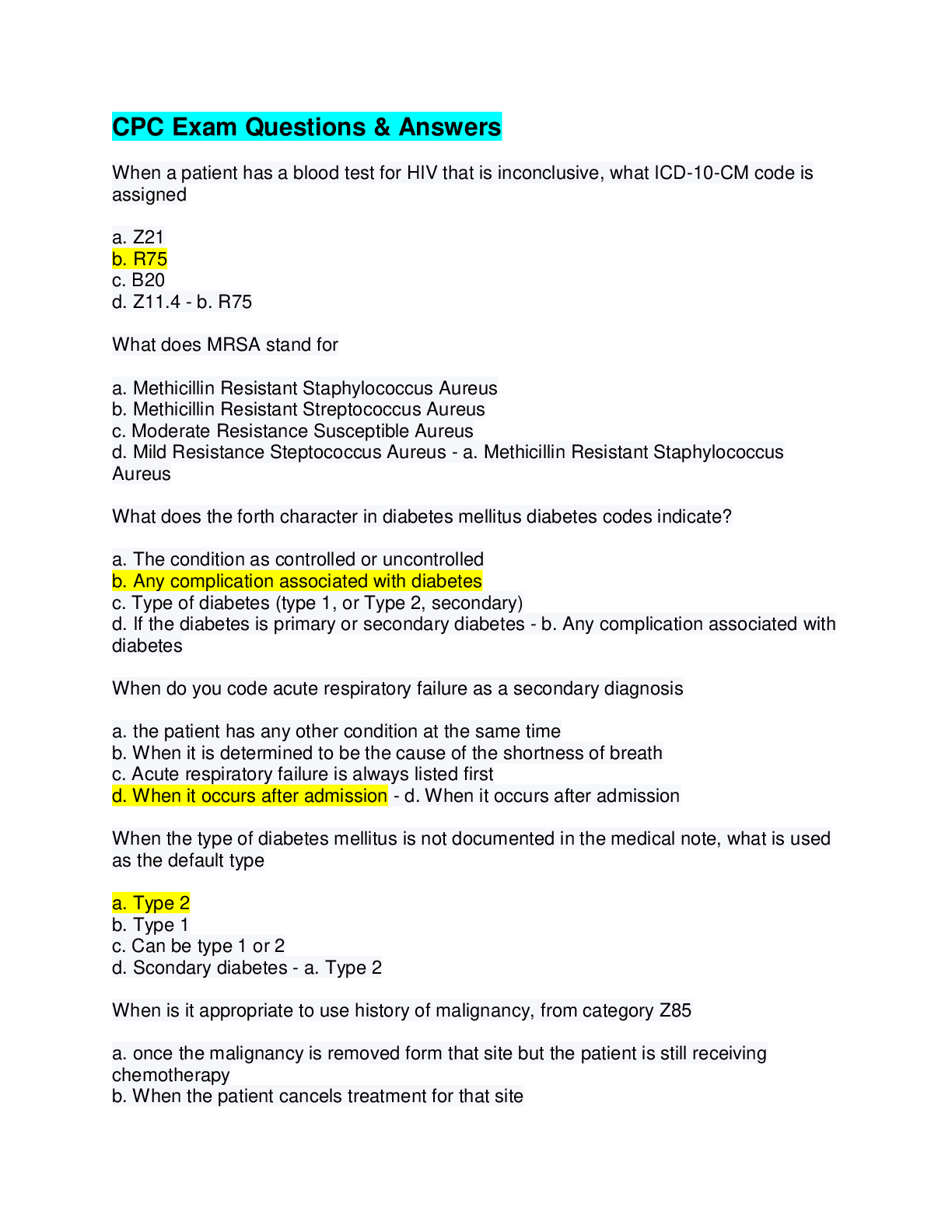
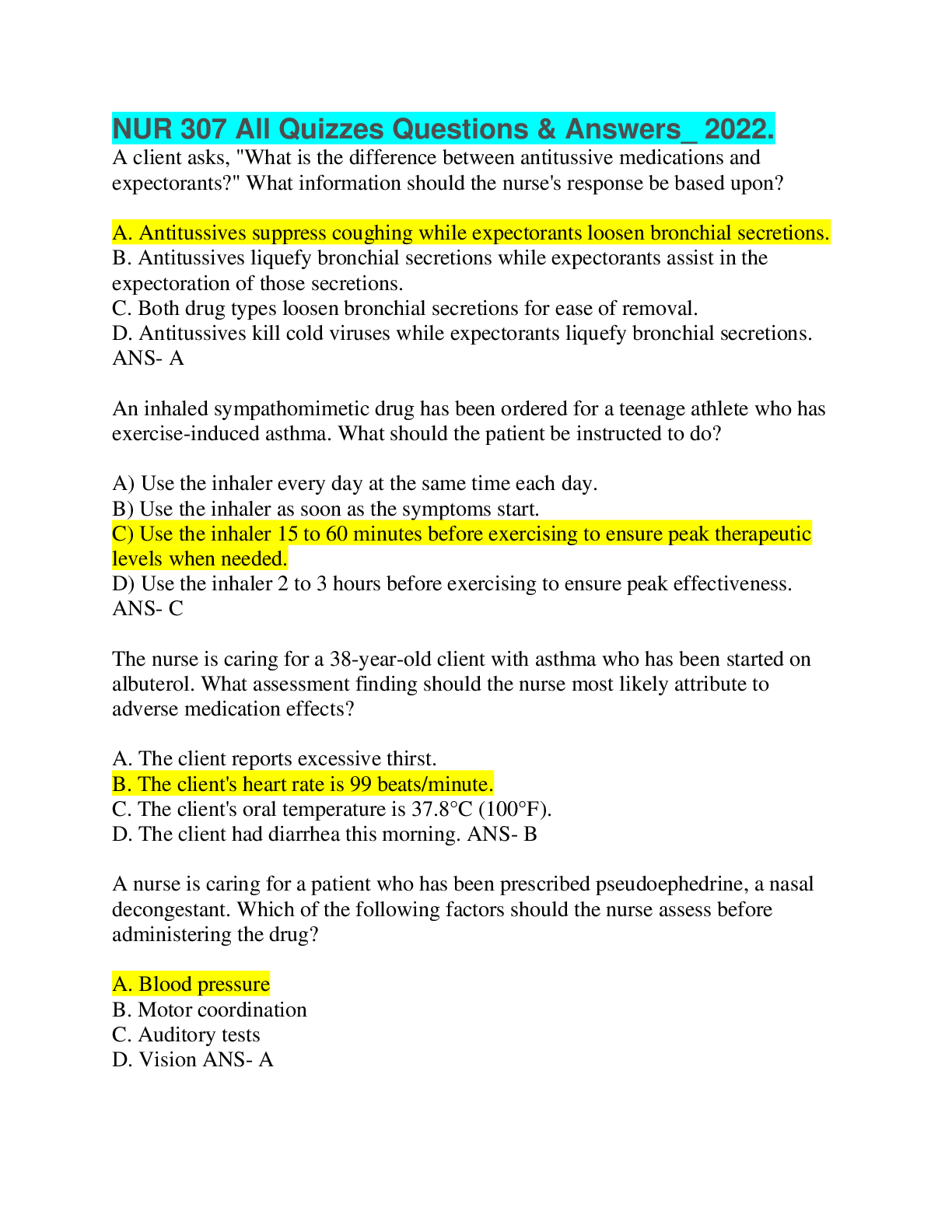
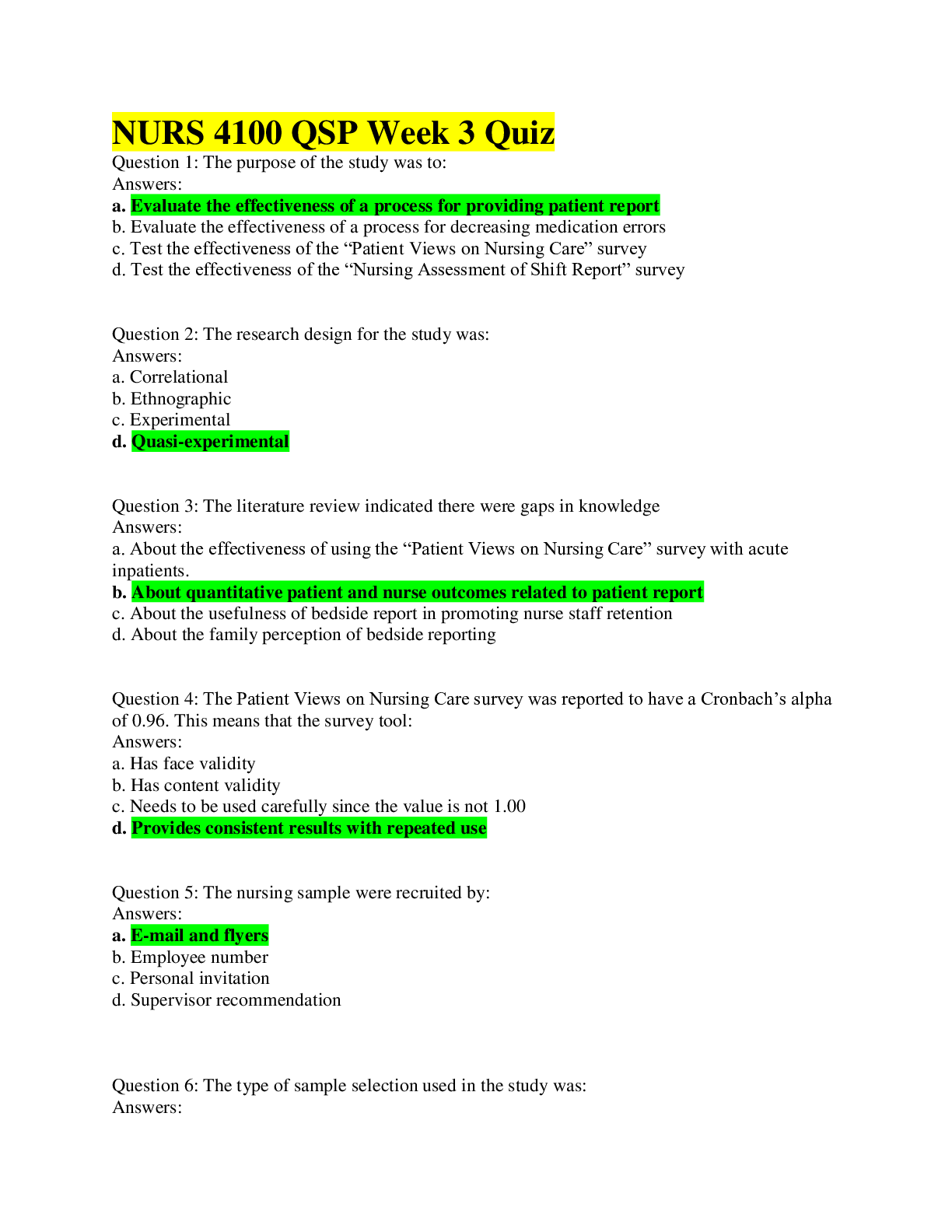
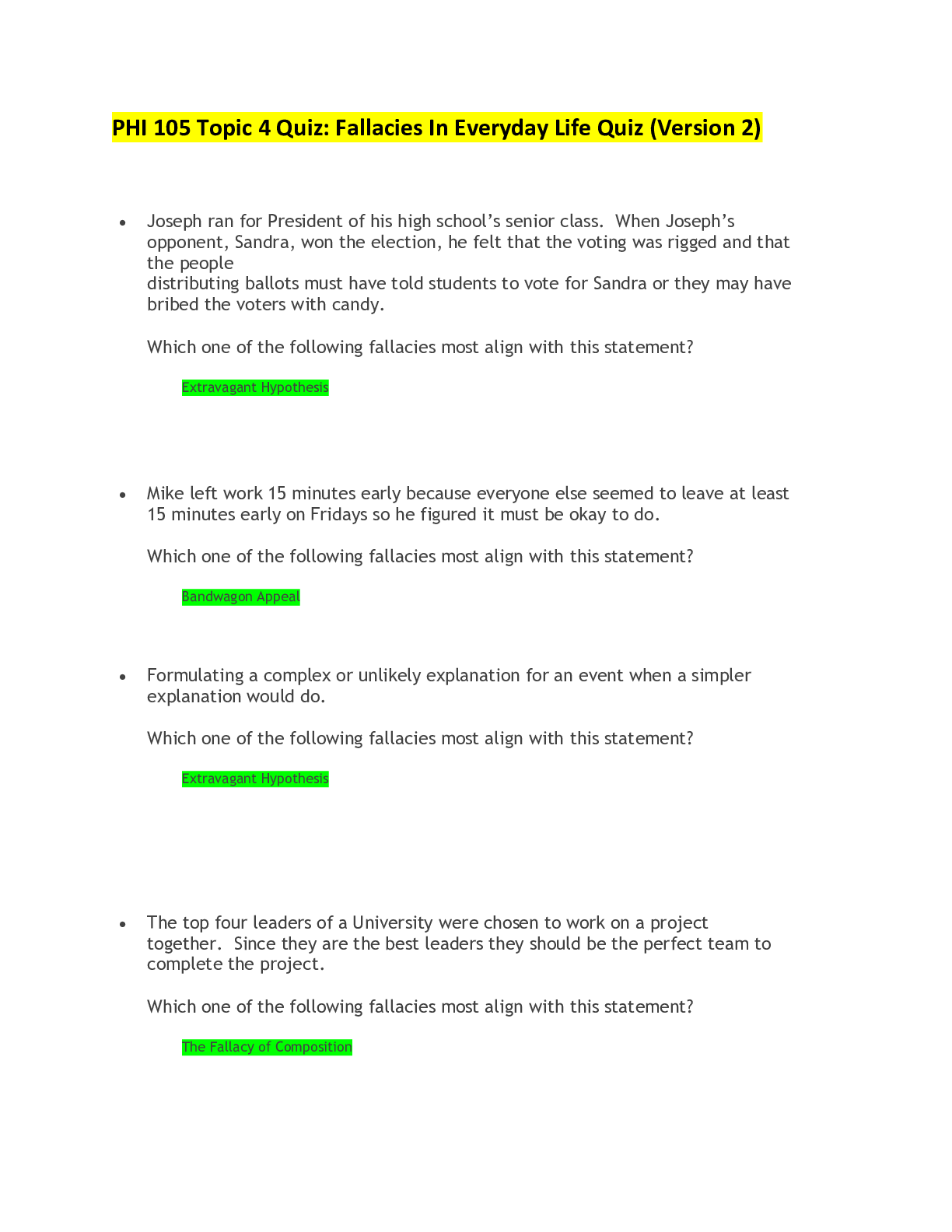
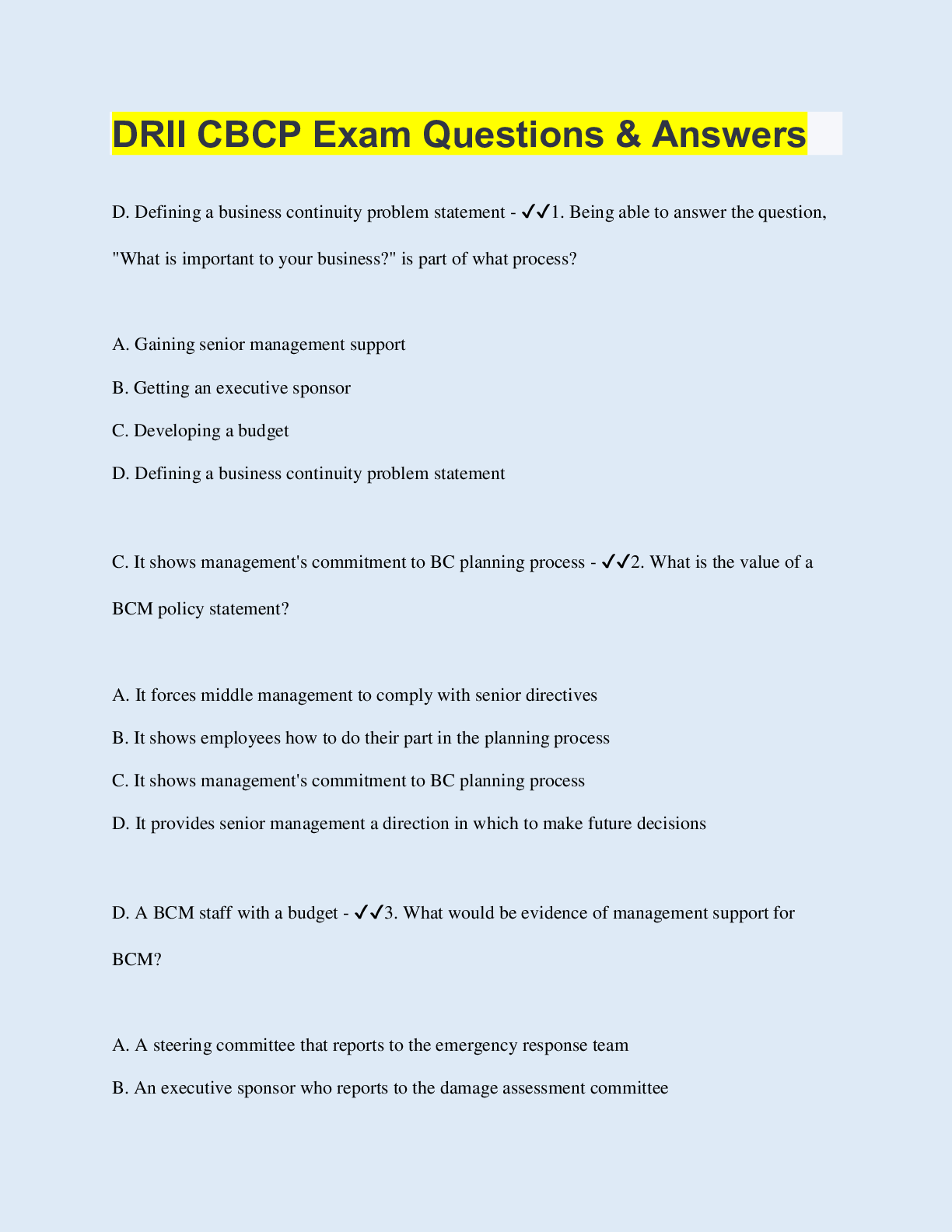
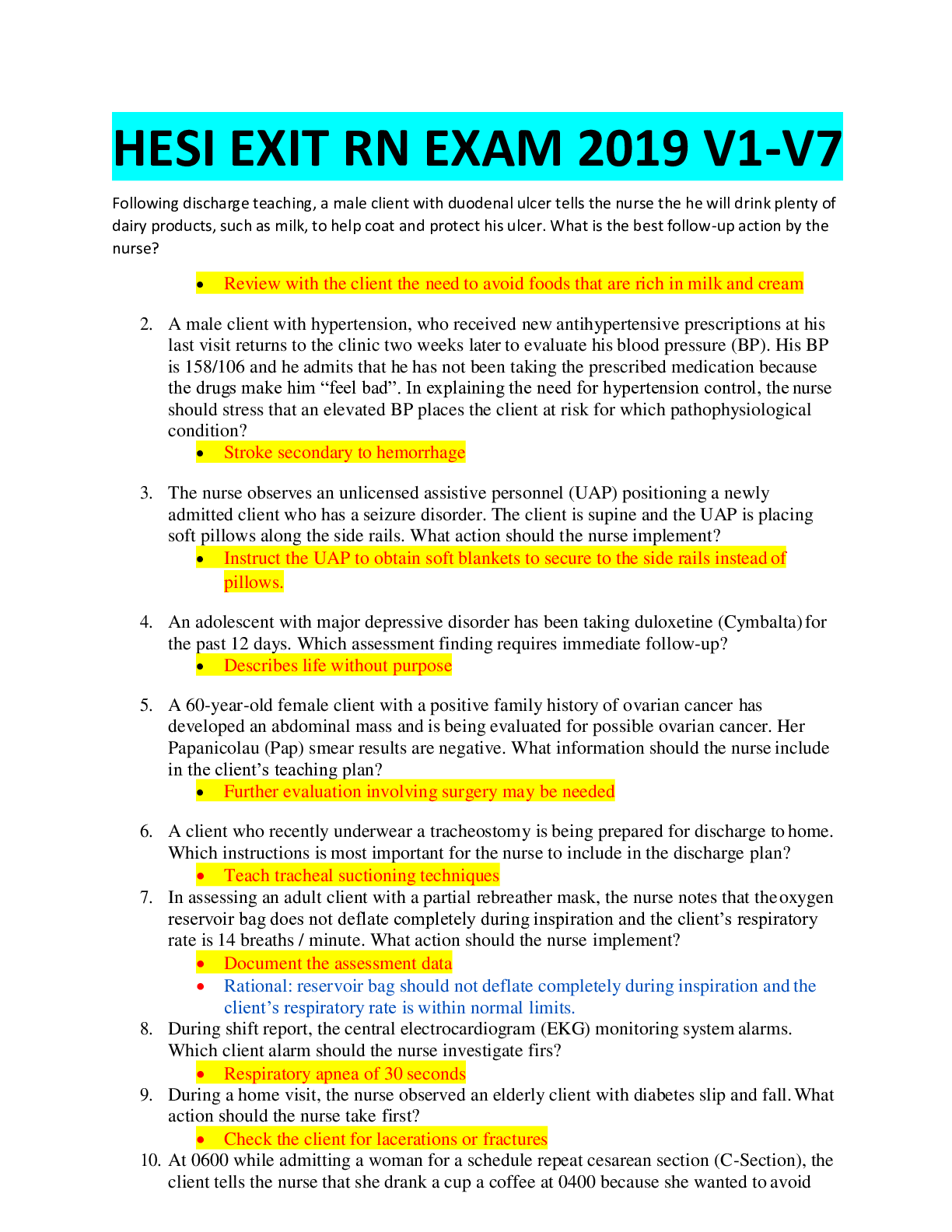
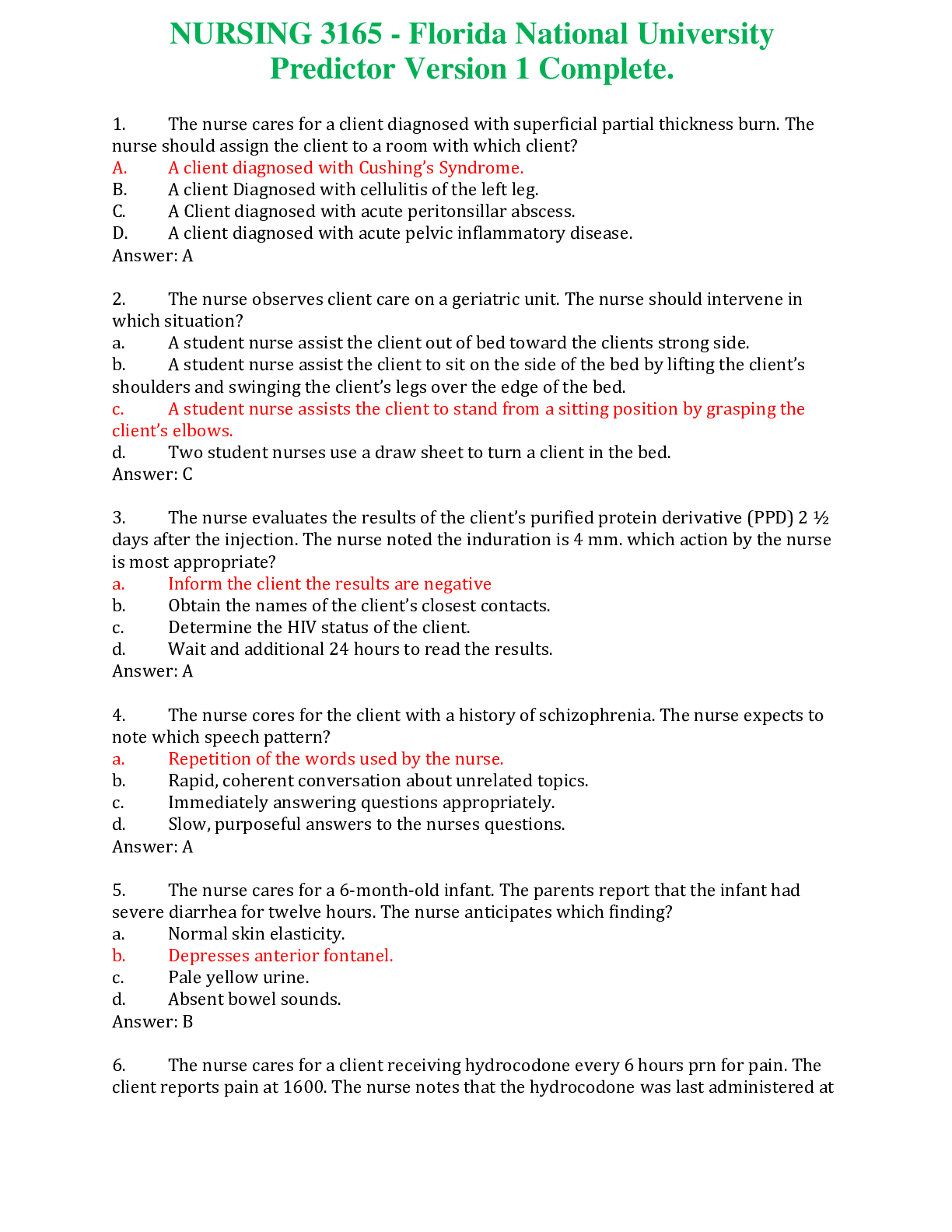
.png)


